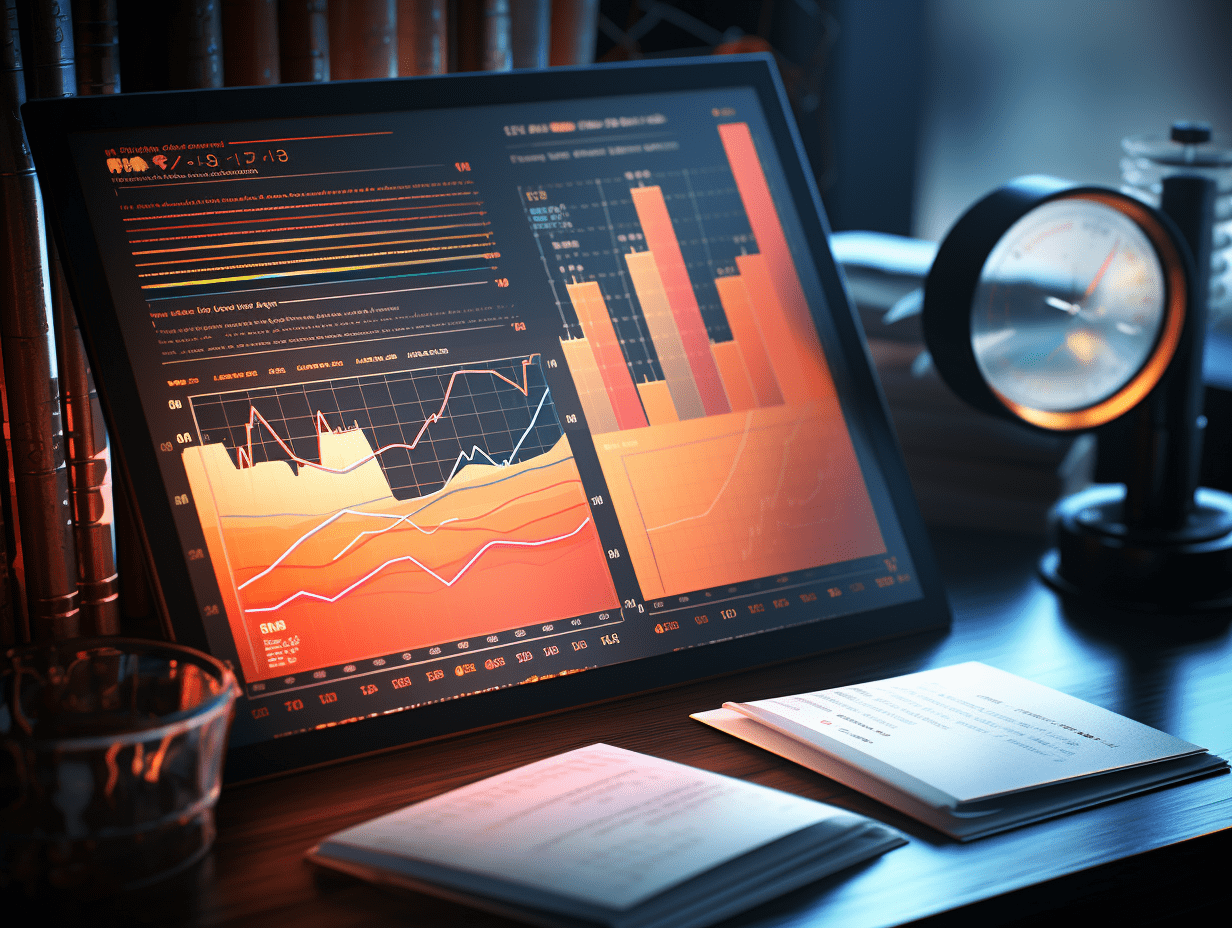Trump’s Actions Against the Federal Reserve Propel Gold Beyond $3,500 and Silver to 14-Year High
On Monday, September 1, gold auction prices reached unprecedented levels as the U.S. dollar weakened and markets priced in imminent rate cuts. Data from the London Bullion Market Association confirmed an afternoon auction price of $3,475 per troy ounce, eclipsing the previous peak of $3,454 set on April 22. In the over-the-counter market, gold briefly traded above $3,500 during intraday sessions, while silver climbed to $40.76 per ounce—its highest level in fourteen years.
Analysts trace this surge to former President Trump’s public pressure on Federal Reserve Chair Jerome Powell and the dismissal of board member Lisa Cook. According to the Financial Times, gold has rallied for several consecutive days since Trump announced Cook’s removal—a decision currently under legal challenge—underscoring investors’ use of precious metals to hedge against political risk.
As a non-yielding asset, gold typically rallies when borrowing costs fall, and recent concerns over the Fed’s institutional independence have amplified its safe-haven appeal. Helen Amos, a commodities strategist at BMO, observed that investors are now wary not only of central bank policy but of the broader strength of U.S. institutions, making gold an especially attractive refuge.
Monetary policy signals have further fueled the rally. Fed Chair Powell’s recent remarks at the Jackson Hole symposium, together with Friday’s Personal Consumption Expenditures report meeting forecasts, have reinforced market convictions that rate reductions are on the horizon. Lower interest rates diminish the opportunity cost of holding gold, and Monday’s dollar decline enhanced the metal’s appeal to non-U.S. investors. That said, subdued trading volumes due to the U.S. Labor Day holiday likely exacerbated price swings.
Monday’s record highs build on a months-long bull market in precious metals. Gold has surged more than 30 percent year-to-date, while COMEX silver has gained over 40 percent. Key drivers include renewed doubts about the dollar’s status in the global financial system—prompting central banks to diversify reserves with greater gold allocations—as well as persistent geopolitical tensions, inflationary pressures, and unease regarding U.S. economic health.
Looking ahead, trade tensions are expected to remain a focal point. Analysts at Peel Hunt note that markets are bracing for a potentially soft U.S. jobs report this week, and reports that silver could face new tariffs under a revived Trump administration may offer additional price support. Although neither gold nor silver currently faces U.S. import duties, last month’s brief customs announcement on gold bars—and its swift rescission—underscored the unpredictability of trade policy. In this complex macroeconomic environment, the trajectory of precious metals will continue to reflect the interplay between political developments and economic indicators.











